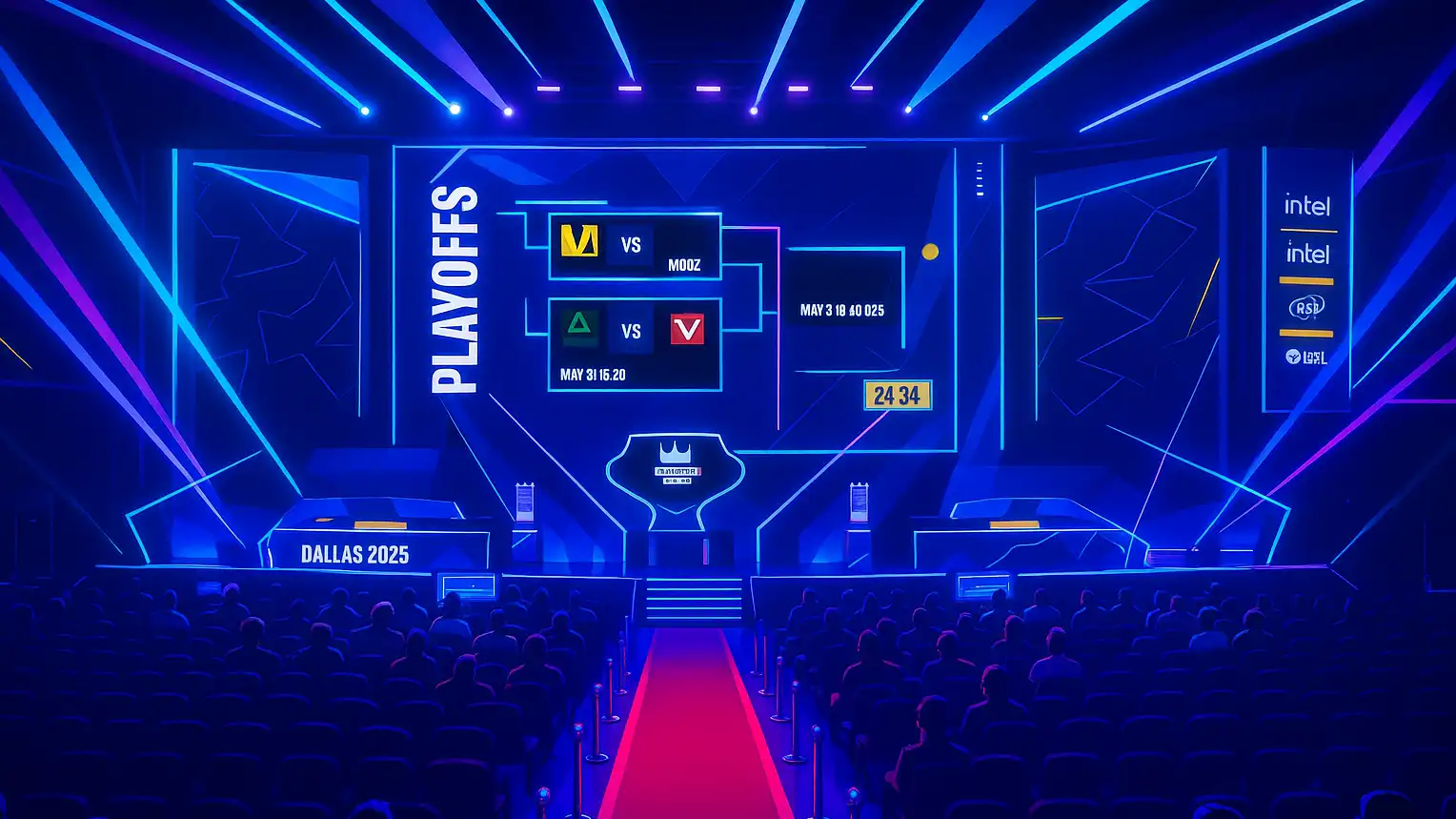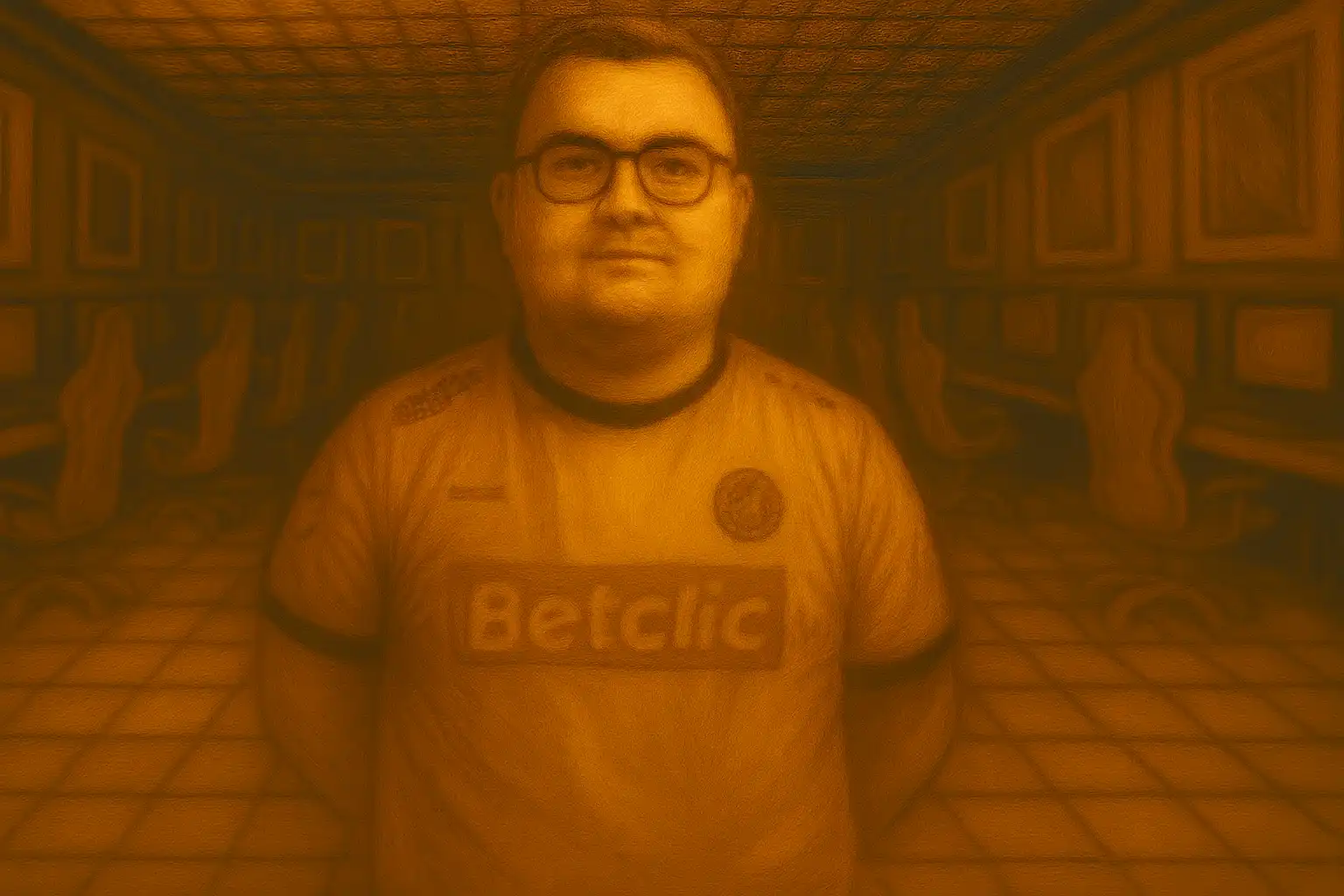Counter-Strike 2’s $3 Billion Skin Crash: How One Patch Blew Up the Market and Created a New Era of “Undervalued” Skins

Counter-Strike 2’s $3 Billion Skin Crash: How One Patch Shattered the Market and Sparked a New Era of “Undervalued” Skins
When Valve shipped a seemingly small Counter-Strike 2 update in late October 2025, it didn’t just tweak balance — it detonated one of gaming’s largest virtual economies.
A single mechanic changed everything: players suddenly gained the ability to trade up five Covert (red) skins into one Gold-tier item — a knife or a pair of gloves. What used to be ultra-rare case drops instantly became craftable. The CS2 market reacted immediately and violently.
Just days before the update, analytics showed the CS2 skin market hitting an all-time high of over $6 billion in total value. Right after the patch, estimates suggested the market collapsed from roughly $5.9B to $4.2B overnight, wiping out more than a billion dollars. Some analyses described an even harsher fall — from $6.08B down to $3.08B, nearly $3 billion erased in a single day.
Reddit summed up the shock with one now-iconic reaction:
“5 coverts = knife?? WTF?!?”
Other viral posts noted that the market had fallen “49%” from its recent peak.
For high-end traders, the update felt like a rug pull. For content creators and long-term “operation investors,” though, the chaos opened what might be the most interesting trading environment CS has ever seen.
Covert Skins Become Knife Tickets — and a New Price Floor Emerges
Before the patch, Gold-tier items were pure lottery prizes from cases. Covert skins were expensive cosmetics, but they had no direct conversion into top-tier items.
Post-update, the rules are simple:
5 Covert skins in → 1 Gold item out
Gold items are tradable (after a brief non-marketable bug)
Every Covert skin now has mechanical value as part of a knife or glove
This single change radically redefined how Covert items are valued.
Popular Covert skins spiked or held because they became desirable inputs for Gold crafting.
Unpopular reds — especially from old, low-demand collections — crashed hard, in some cases trading near or below their raw “craft value.”
As one Reddit user put it:
“covert skins got sniped”
Within about a day, the market bounced back by roughly a billion dollars as panic cooled and traders recalculated how much red skins should be worth under the new system.
Short term: chaos, forced selling, huge drops in knife/glove prices.
Mid-term: every Covert has a utility floor, giving rise to a new class of “undervalued” red skins.
A $6B Casino? Renewed Criticism of Valve’s Economy
The crash reignited long-standing debates about the gambling-like nature of the CS economy.
Critics argued that systems resembling lotteries have “no place” in modern games and urged Valve to provide researchers with deeper access to economic data — especially now that some players treat skins as serious investments.
Budapest 2025: Viewer Pass, Stickers, and the New Sticker Slab
While the market is still digesting the Trade Up shock, Valve moved straight to the first full CS2 Major: StarLadder Budapest 2025.
The November 12 update introduced:
Budapest 2025 Viewer Pass with coin, Pick’Em, and Souvenir Tokens
Team logo and player autograph stickers for all 32 teams and players
Gameplay and QoL improvements
And the most interesting addition: the Sticker Slab
What is a Sticker Slab?
Any sticker can be sealed inside a transparent slab
The slab behaves like a weapon charm
Crucially: you can destroy the slab and get the original sticker back
Converting a sticker costs around $0.50
Slabs themselves are fully tradable
Players quickly compared slabs to PSA-graded trading cards. For collectors, it’s a way to show off expensive stickers without permanently applying them to a gun.
Pro teams and creators are already posting slabbed Budapest crafts on social media, with many of them actually looking surprisingly clean in-game.
Operation Skins, Budget Inventories, and the “Undervalued” Angle
The “Operation Investor” strategy long predates CS2: buy cheap, limited-time operation skins, wait for the operation to end, then let supply shrink while demand rises.
That logic is more relevant than ever:
Operation skins have finite supply
Many are Mil-Spec/Restricted items crucial for profitable Trade Ups
Budget-inventory creators consistently highlight:
mid-tier AK, AWP, and M4 skins with strong designs
vibrant shotguns and SMGs
cheap Major stickers — including Budapest — perfect for sub-$1 crafts or new Sticker Slabs
Combined with the Trade Up overhaul and fresh Major content, the market is in a rare state: prices have reset, but demand for cosmetics is very much alive.
Where the CS2 Skin Market Goes Next
What happens after a multi-billion-dollar economy takes a hit like this?
For high-end investors, the message is clear: the economy exists at Valve’s mercy. One update can erase years of value in a night.
For everyday players, the game is now more accessible — Gold items are easier to obtain, and Sticker Slabs make premium stickers less risky to show off.
For traders and creators, this is a new frontier. With updated mechanics, fresh content, and unpredictable price movements, “undervalued skins” are becoming both a trading strategy and a content category.
Whether you see it as a casino, a collectors’ market, or just a way to make your AK look cooler, CS2’s $3 billion meltdown has opened a new era — one where every patch can rewrite the rules.



